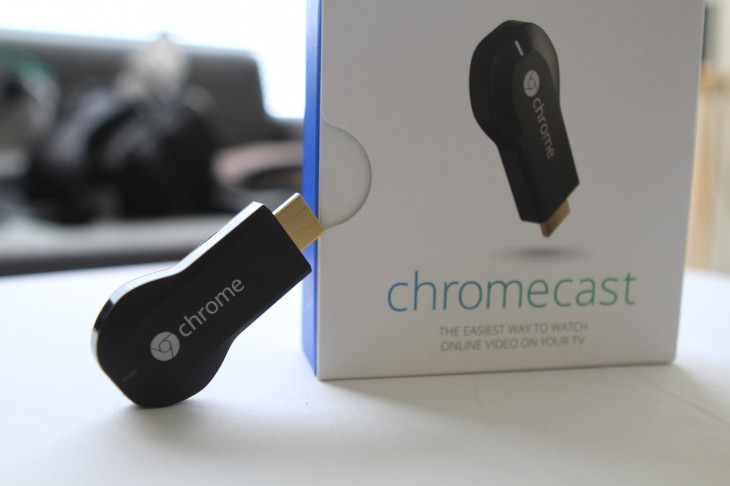
The technology behind Chromecast, Google’s tiny $35 dongle that allows viewers to stream content to their regular TV from a smartphone, tablet or laptop, is also coming to Google TV.
Warren Rehman, a Google employee who works on “secret stuff and Google TV”, said on Google+ yesterday: “I’m still gainfully employed working on Google TV – no it isn’t dead, and yes it will support Cast.”
Chromecast seems like an effortless solution for watching content stored online by high-profile streaming services such as Netflix and YouTube. Similar to Apple TV though, Google TV has a much wider range of apps and services built right into the box – no secondary device required – and acts as an intermediary for users’ existing cable or satellite TV hardware. A bit like what Microsoft is planning with the Xbox One.
Chromecast will therefore not replace Google TV. At least not yet. Sundar Pichai, Google’s SVP for Android, Chrome and Apps, emphasized how the two would co-exist in an interview with AllThingsD yesterday. He said Google TV would soon “be a full-fledged Android for television” and expected to announce new partners at the CES industry trade show next January.
Bundling Chromecast’s streaming technology into Google TV will make the latter a far more compelling product and also appease existing owners. It likely won’t be enough, however, to make Google TV the breakout success that the technology giant has always dreamed of.
The true test will be if and when Apple launches its much rumored and highly anticipated Apple TV successor. Google will need to be able to offer a solid counter-argument; Chromecast support should be but one part of its marketing artillery.




